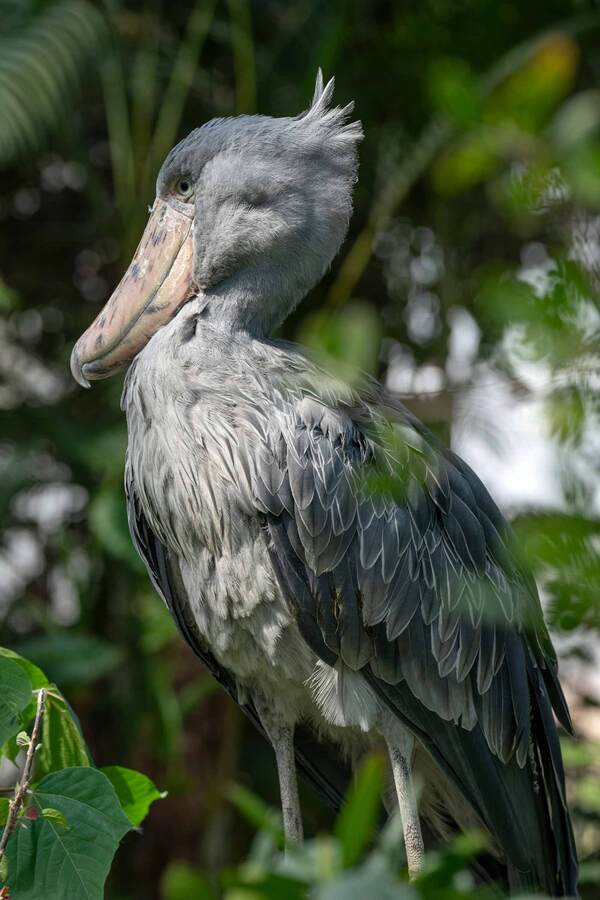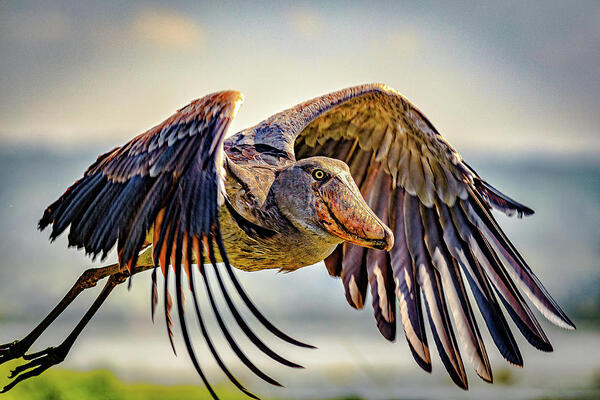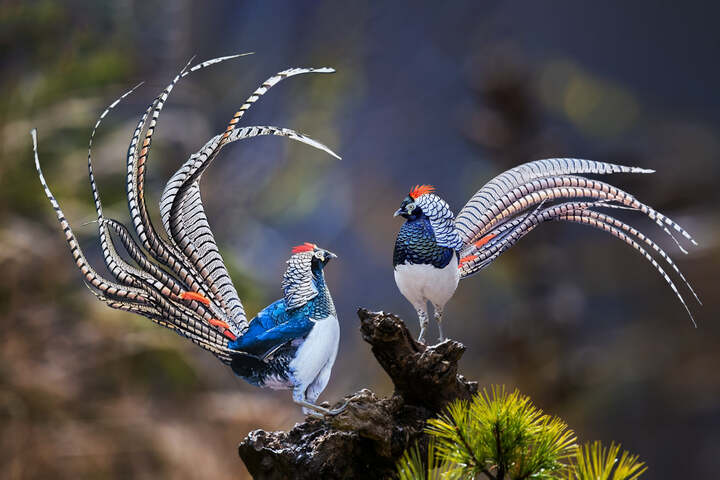The Shoebill (also known as the Shoebill Stork) is one of the most fascinating and unique birds on the planet. With its massive beak, prehistoric look, and slow, deliberate movements, it captures the attention of anyone lucky enough to see it. Here are some interesting facts about this remarkable bird, explained in simple terms.

1. The Shoebill's Beak Is Enormous
The most recognizable feature of the shoebill is its large, shoe-shaped beak, which gives the bird its name. The beak can be over 9 inches (23 cm) long and 4 inches (10 cm) wide! This giant beak helps the shoebill catch and eat large prey, including fish, frogs, snakes, and even baby crocodiles. The bird uses its powerful beak to grab and crush its prey with ease.
2. It Looks Like a Dinosaur
The shoebill has a very ancient appearance, with its large size, long legs, and slow, calculated movements. Some people even say it looks like a living dinosaur! While it's not actually a dinosaur, the shoebill does have a prehistoric look, and scientists believe that its lineage dates back millions of years.
3. Shoebills Are Silent Hunters
Unlike many birds that make noise when hunting, the shoebill is extremely quiet. It often stands still for long periods, barely moving as it watches for prey. This patience and stealth make it an effective hunter. Once the shoebill spots something, it will strike quickly, using its beak to catch and swallow its meal.
4. They Can Make Loud Sounds
Even though they are quiet hunters, shoebills can make a noise called "bill clattering." This sound comes from them quickly opening and closing their beaks, which sounds a bit like machine-gun fire. It’s often heard during courtship or when communicating with their young.
5. Shoebills Are Solitary Birds
Shoebills are generally solitary creatures, meaning they prefer to live and hunt alone. They are territorial and don’t often tolerate other birds in their space. This solitary lifestyle makes it rare to see more than one shoebill at a time in the wild.
6. They Live in Swamps
Shoebills are found in swamps and marshes in central and eastern Africa, especially in countries like Uganda, Sudan, and Zambia. They prefer areas with lots of tall, dense vegetation and shallow water, where they can hunt for fish and other prey. Swamps offer the perfect environment for the shoebill’s quiet and stealthy hunting techniques.
7. Shoebills Are Surprisingly Tall
Shoebills are large birds, standing around 4 to 5 feet (1.2 to 1.5 meters) tall! This makes them one of the tallest birds in the world. Despite their size, they move slowly and deliberately, making them seem even more impressive when you see them in person.
8. They Take Care of Their Chicks
Although shoebills usually lay two eggs, they often only raise one chick. The stronger chick typically survives, while the weaker one may not make it. However, shoebill parents are very protective and attentive to the surviving chick, feeding it and keeping it safe until it can fend for itself.
9. Their Population Is Threatened
Unfortunately, shoebills are considered vulnerable to extinction due to habitat loss and poaching. As wetlands are drained for farming or development, the places where shoebills live and hunt are disappearing. Conservation efforts are in place to protect these unique birds and their habitats, but they still face significant challenges.
10. Shoebills Have an Intense Gaze
One of the most striking things about a shoebill is its intense, piercing gaze. When a shoebill looks at you, it can feel like it's staring straight into your soul! This focused look helps them while hunting, but it also makes them seem both intimidating and majestic.
The shoebill is truly one of nature's most intriguing birds, with its large beak, dinosaur-like appearance, and solitary nature. While it may look unusual, these adaptations make it a successful hunter in its swampy home. Unfortunately, this incredible bird is at risk, so protecting the shoebill and its habitat is crucial for its survival. Next time you hear about the shoebill, you’ll know just how extraordinary this bird really is!













